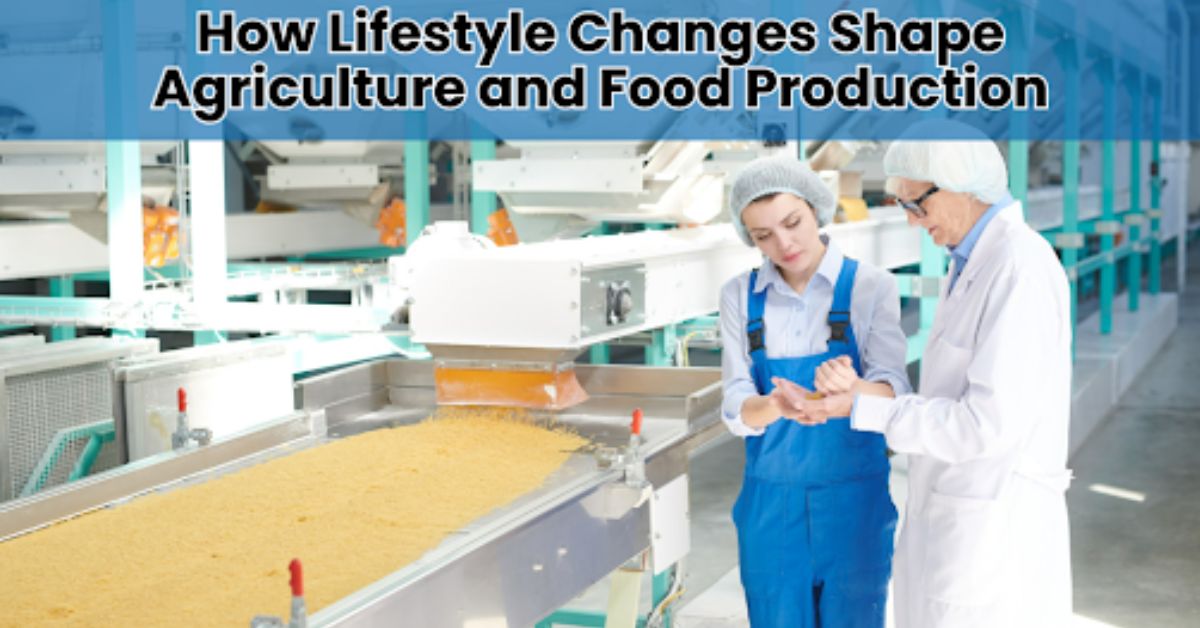Physical Address
304 North Cardinal St.
Dorchester Center, MA 02124
Physical Address
304 North Cardinal St.
Dorchester Center, MA 02124

Food production is the backbone of human civilization, encompassing the processes involved in growing, harvesting, processing, and distributing food to nourish populations worldwide. As the global population continues to rise, ensuring sufficient and sustainable food production has become a critical challenge. This comprehensive guide explores the evolution, current practices, technological advancements, environmental impacts, and future trends of food production, emphasizing its vital role in global food security.
Historically, food production was primarily based on small-scale farming practices, with communities relying on indigenous techniques. Harvesting involved manual labor, with methods such as hand tools, sickles, and simple irrigation systems. Preservation techniques like drying, fermenting, salting, and smoking allowed food to last through seasons and ensure local supplies. These methods prioritized sustainability and local biodiversity but limited crop yields and food availability outside immediate regions.
Smallholder farmers played a vital role, often cultivating diverse crops suited to local conditions. The emphasis was on household consumption and local markets, fostering a close relationship between people and their environment.
The industrial revolution marked a turning point for food production. Mechanization brought the introduction of tractors, combine harvesters, and automated irrigation systems, dramatically increasing efficiency and crop yields. The use of chemical fertilizers and pesticides in the 20th century further boosted production, enabling farmers to grow more food on less land.
This period also saw the rise of large-scale agribusiness, which expanded food availability and diversity globally. However, it also sparked concerns about environmental degradation, loss of biodiversity, and reliance on chemical inputs.
Rice, wheat, and maize are the primary staples feeding billions worldwide. Their cultivation involves advanced techniques like tractor farming, hybrid seed usage, and efficient irrigation systems, which significantly enhance productivity.
Advancements such as artificial insemination and improved feed formulations have improved animal productivity. Technologies like animal husbandry innovations promote healthier livestock and efficient resource use.
Aquaculture involves the farming of aquatic organisms, including fish, mollusks, and crustaceans, in controlled environments. It’s the fastest-growing sector of food production and crucial for meeting global seafood demands.
While vital, aquaculture faces sustainability challenges like water pollution, habitat destruction, and disease management. Efforts are underway to develop eco-friendly practices.
GMOs are engineered to enhance resistance to pests, diseases, and environmental stresses, improving food production efficiency. Examples include Bt cotton and Golden Rice, which provide enhanced nutritional value.
This involves increasing nutrient content within crops through biotechnology, helping combat malnutrition and improve health outcomes globally.
Precision agriculture maximizes yields, reduces waste, and minimizes environmental impact, making food production more sustainable.
Organic farming emphasizes natural fertilizers, crop rotation, and biocontrol, reducing chemical inputs. This approach benefits the environment by maintaining soil health and promoting biodiversity, aligning with sustainable food production goals.
Vertical farms utilize controlled environment agriculture within urban settings, often employing LED lighting, hydroponics, and aeroponics. This method reduces land use, decreases transportation emissions, and enables food production in cities.
Intensive food production can lead to soil degradation, erosion, and compaction. Water pollution from runoff and overuse depletes vital resources. Additionally, greenhouse gas emissions from agriculture contribute significantly to climate change.
Implementing conservation tillage, integrated pest management, and water-saving irrigation can reduce negative impacts.
Ensuring equitable access to nutritious food is vital. Smallholder farmers often lack access to advanced technology, exacerbating inequalities.
Approximately one-third of all food produced is lost or wasted globally, highlighting the need for better supply chain management and consumer awareness.
| Aspect | Details |
|---|---|
| Traditional Methods | Manual harvesting, preservation, small-scale farms |
| Industrial Revolution | Mechanization, chemical fertilizers, increased yields |
| Food Production Types | Crop, livestock, aquaculture |
| Modern Technologies | GMOs, precision farming, organic, vertical farms |
| Environmental Impact | Soil, water issues, greenhouse gases, biodiversity loss |
| Future Trends | Alternative proteins, sustainability, policy efforts |
As food production continues to evolve, embracing sustainable practices, innovative technologies, and equitable policies will be crucial for feeding future generations while safeguarding our planet. To learn more about sustainable agriculture initiatives, visit FAO’s Sustainable Agriculture.